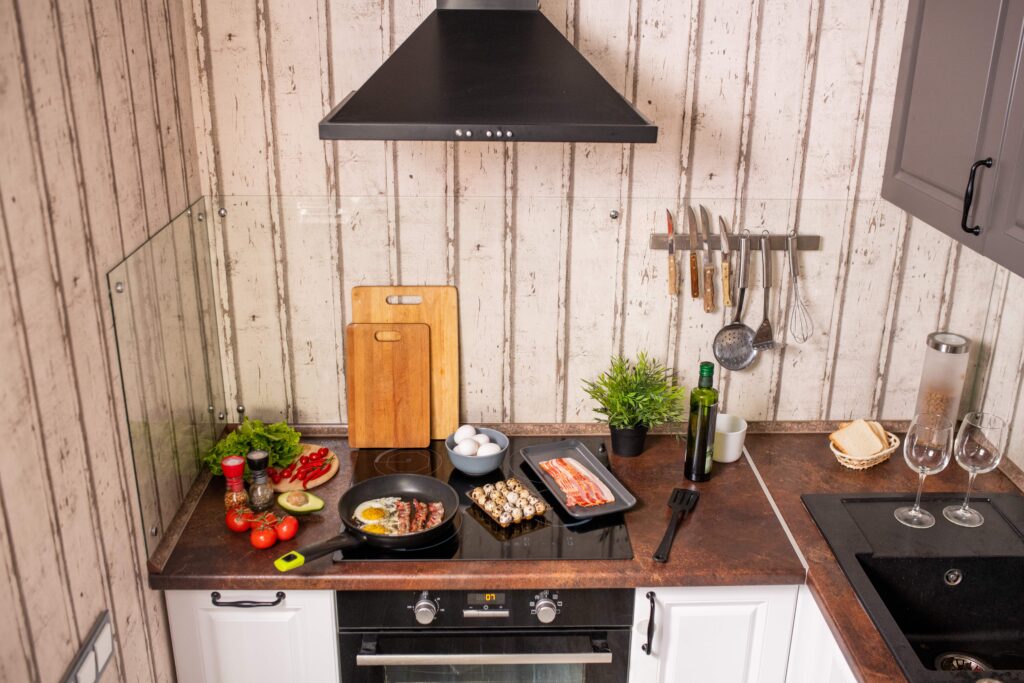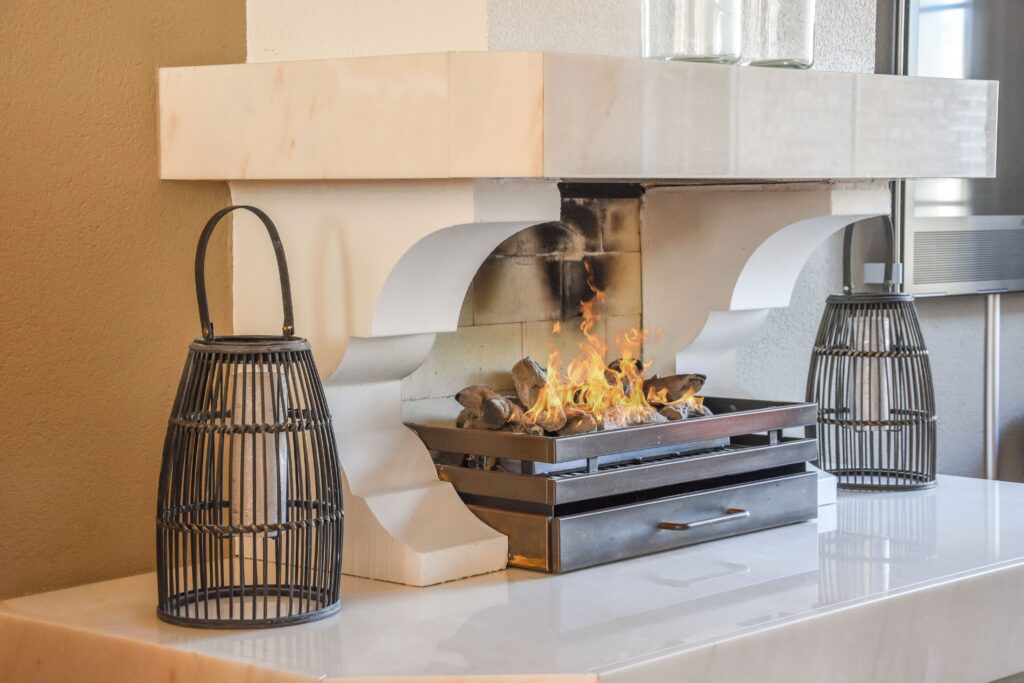
In the realm of modern kitchens, inbuilt ovens have rapidly gained popularity, transforming the way culinary enthusiasts approach cooking. These elegantly designed appliances seamlessly integrate into kitchen cabinetry, combining aesthetic appeal with immense utility. This blog post delves into the characteristics, advantages, types, and features of inbuilt ovens, as well as answering frequently asked questions about their installation and maintenance.
What is an Inbuilt Oven?
Inbuilt ovens, also known as built-in or wall ovens, are appliances installed into kitchen cabinetry, allowing for a flush finish with cabinets for a sleek, modern look. Unlike traditional freestanding ovens, inbuilt ovens are often mounted at eye level, which enhances accessibility and ergonomics while maximizing kitchen space.
Advantages of Inbuilt Ovens
Here are several key advantages that inbuilt ovens offer homeowners:
| Advantages | Description |
|---|---|
| Aesthetic Appeal | They provide a clean, streamlined look to kitchens. |
| Space Efficiency | Allows for better utilization of kitchen space. |
| Ergonomics | Positioned at eye level reduces bending and lifting. |
| Versatility | Available in various types, sizes, and functionalities. |
| Advanced Features | Often designed with modern technology and smart features. |
Types of Inbuilt Ovens
Inbuilt ovens come in several types, each catering to different cooking methods and preferences. Understanding these options can help homeowners choose the right one for their culinary needs.
-
Conventional Ovens: The most common type, using heating elements on the top and bottom to produce heat.
-
Fan Ovens (Convection Ovens): Equipped with a fan that circulates hot air for even cooking and quicker results.
-
Steam Ovens: Utilize steam to cook food, retaining moisture and nutrients, ideal for health-conscious cooking.
-
Microwave Ovens: Inbuilt microwave ovens offer convenience by allowing fast cooking and reheating options.
-
Combination Ovens: These versatile ovens allow for various cooking methods, such as combining convection and microwave functions.
Key Features to Look for in Inbuilt Ovens
When choosing an inbuilt oven, certain features can significantly enhance the cooking experience. Here’s a list of essential features to consider:
- Self-Cleaning Function: Reduces the hassle of maintaining cleanliness.
- Smart Technology: Connectivity options allow users to manage settings via smartphones.
- Multiple Cooking Modes: Offers diverse cooking options for different dishes.
- Temperature Probes: Ensures precise cooking by monitoring internal food temperature.
- Touchscreen Controls: Simplifies operation with user-friendly interfaces.
Considerations When Choosing an Inbuilt Oven
Before making a purchase, homeowners should consider the following factors:
| Considerations | Description |
|---|---|
| Size and Space | Measure available space to accommodate your oven choice. |
| Energy Efficiency | Look for energy ratings to minimize electricity costs. |
| Cost | Determine your budget as inbuilt ovens vary in price. |
| Installation | Professional installation is typically recommended for built-in appliances. |
| Features vs. Needs | Evaluate your cooking habits to prioritize necessary features. |
Installation: What You Need to Know
Installing an inbuilt oven requires careful planning due to the need for proper electrical or gas connections, ventilation, and cabinetry adjustments. Here are some steps to guide the installation process:
-
Choose the Right Location: Ensure the oven will be positioned at an accessible height and near necessary utilities.
-
Prepare the Cabinetry: Measure the dimensions of the space and ensure that the cabinets can accommodate the size of the oven.
-
Electrical Requirements: Check the power supply and ensure it meets the oven’s specifications. Installation should comply with local building codes.
-
Ventilation: For gas ovens, adequate ventilation is essential to avoid gas accumulation and ensure safety.
-
Professional Help: Hiring a qualified technician is advisable for the installation to avoid any mishaps.
FAQs about Inbuilt Ovens
1. How do I clean my inbuilt oven?
- Most inbuilt ovens come with a self-cleaning feature. If not, use a mixture of vinegar and baking soda to create a natural cleaning solution. Always consult your oven’s manual for specific cleaning instructions.
2. Are inbuilt ovens more expensive than freestanding ovens?
- Generally, yes, inbuilt ovens tend to be pricier due to their design and installation requirements. However, they offer longer-term benefits through space-saving and aesthetic appeal.
3. Can I install an inbuilt oven myself?
- While some homeowners may choose to DIY, it is recommended to hire a professional for installation, particularly for gas or complicated electrical configurations.
4. What size inbuilt oven should I buy?
- Size depends on your kitchen space and cooking needs. Typical widths range from 24 to 30 inches, but it’s crucial to measure your cabinetry before purchasing.
5. Do inbuilt ovens come with warranties?
- Yes, most manufacturers offer warranties that vary based on the brand and model. Always check the warranty terms before purchase.
Inbuilt ovens are more than just cooking appliances; they represent a trend towards modern kitchen design that emphasizes both functionality and style. By understanding their advantages, types, features, and installation requirements, homeowners can make informed decisions that enhance their culinary space while elevating their cooking experience. Whether you’re a novice cook or a culinary expert, an inbuilt oven can definitely meet your kitchen needs, offering a functional and stylish solution that fits seamlessly into your home.
Upgrade your kitchen with premium Inbuilt Ovens from Ovens And Hobs. Discover top-quality and efficient inbuilt ovens to elevate your cooking experience today!


